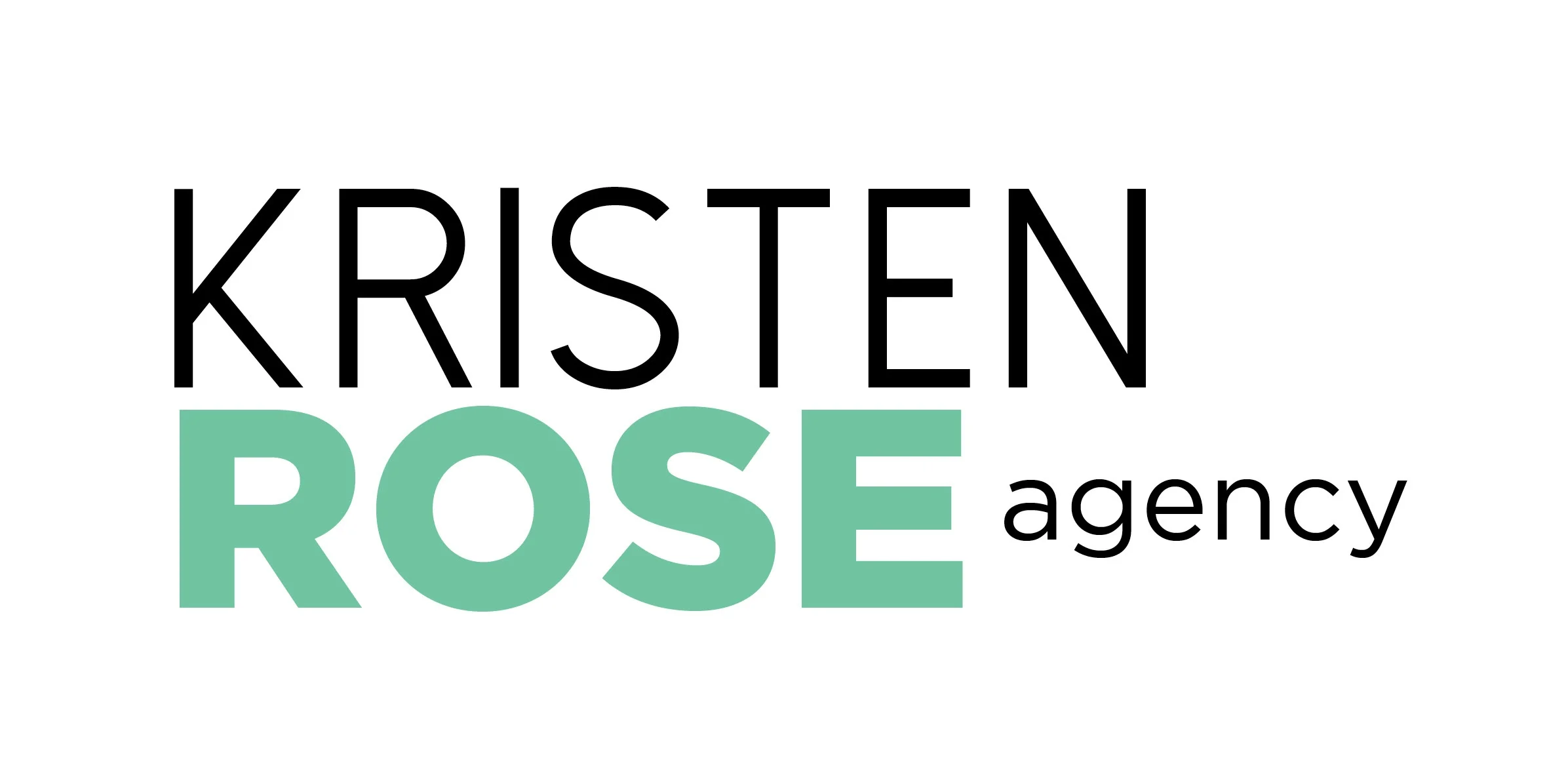Branding For Beginners
If you are new to the entrepreneur world, branding can seem like an abstract painting; it’s got so many aspects that you don’t know where it starts and where it ends. But even if branding your business isn’t rocket science, it’s not playschool either.
Branding is a way to generate awareness. It’s all about creating a strategy to use your customers’ thoughts and feelings about your business to relate with them.
But before we dive too deep into HOW you do that, you need to know about the two specific types of branding.
Visual Branding Vs. Emotional Branding
Visual Branding is the part of your business that people see and it’s usually created by a graphic designer. The first thing that comes to mind is a logo, but there are other aspects to visual branding that are just as important.
Patterns, images, graphics, and colors are all part of visual branding and help make your business look more professional. A designer uses all of these visual resources to create a look that reflects your personality and is in line with your vision for your business.
Emotional Branding is essentially the heart and soul of your business. You use your values, style, vision, and mission to create an emotional connection with your audience.
This is where you establish how you want people to feel about your business. You develop a brand voice, create your mission statement, and establish the morals behind all of it.
So, where do you start?
When it comes time to nail down your branding, there are several things you need to consider:
1. Who is your target audience?
The key here is to get specific. Saying you want to sell to college kids isn’t going to help you narrow down your focus. You need to know more in order to speak to the right people. You need to know that your ideal audience is minority college kids who are focusing on a career in STEM. You could even get more specific and say your audience is minority college seniors who are focusing on a career in cybersecurity. The more specific, the better.
You might be thinking that you don’t want to exclude anyone. But if you don’t speak to your specific audience, you risk the chance of connecting with them and therefore losing their business. You can’t connect with every type of audience and that is okay. The closer you get to your audience, the more sales you will get.
2. Establish your mission statement
This is where you craft a clear statement that articulates what your business is passionate about and defines the purpose of your business’s existence. Essentially why you do what you do. What value can you provide for your customers/clients?
The mission statement is a starting point for every other aspect of your branding. Everything from your logo to your brand voice and message should reflect your mission statement.
3. Find what makes you stand out
There will always be bigger businesses doing something similar to you. What is it about your business that makes it unique to others in the same industry?
You need to focus on the benefits your customers/clients will receive by only working with you. Give them a reason to chose you over the competition. Can you save them money? Make them money? Offer a broader spectrum of services? Work one-on-one for a more customized experience?
4. Build a brand message with your brand voice.
Yes, this is different from a mission statement. A brand message gives you the opportunity to communicate to your audience on a deeper level and make an emotional connection. You need to tell people exactly who you are, exactly what you do, and exactly why they should care and you need to do it in a way that will resonate with them.
Use language that your audience uses. Speak to them like you would in a conversation. This is yet another way to connect with your audience and show them that you relate to them. This builds trust and trust increases sales.
5. Logo and tag line
Visuals are usually top of mind when it comes to building a brand, but usually one of the last things you need to worry about.
One thing you really need to consider: your logo will appear on every aspect of your business. It will become how people recognize your business.
The best option is to work with a designer who can help you emulate all the aspects of your branding into an image that represents your business.
Branding comes into every part of your business. You need to remember to stay true to your branding when it comes to your products, services, press interviews, online content, and how you conduct your day-to-day. Consistency is key. Document all of your brand elements and use them for everything you do in your business.


